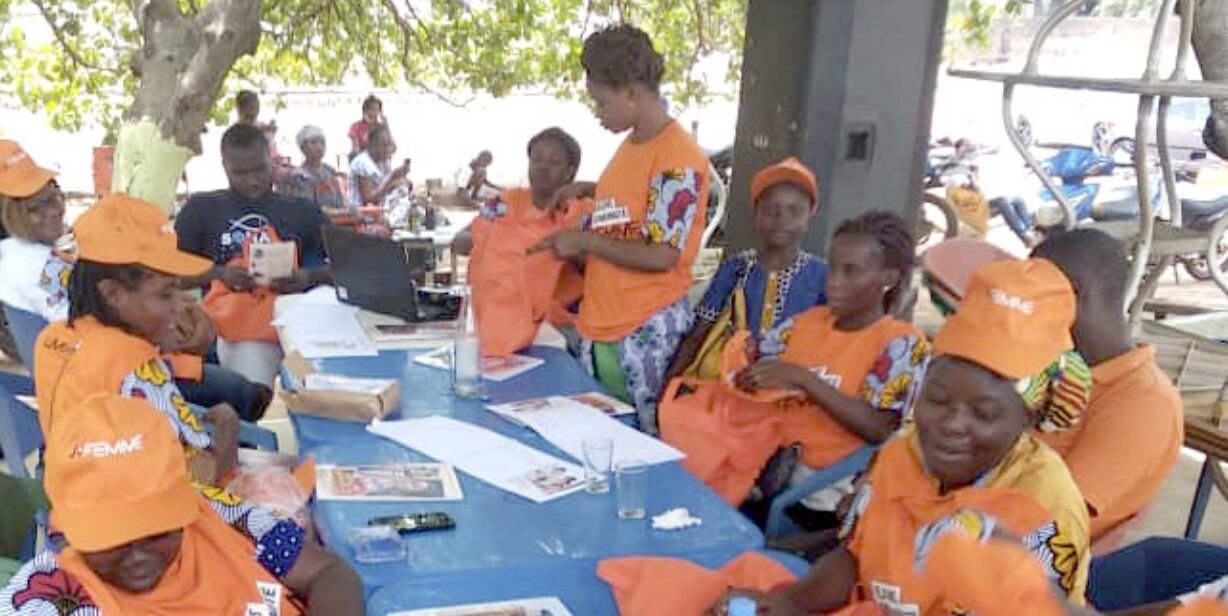Lessons learned from inclusive e-commerce
Increasing internet connectivity and mobile phone use across Africa is paving the way for the growth of e-commerce across the continent. Between 2014 to 2018, the number of online shoppers in Africa increased on average by 18% every year, compared to a global average of 12%. This surge is driven by Africa’s growing young, urban, and digitized population. However, e-commerce businesses tend to serve the largest cities and capital cities. In smaller cities – known as ‘secondary cities’ and defined here as cities with populations of less than 100,000 people – access to quality products at affordable prices is more limited. In secondary cities, populations are typically lower income, less comfortable with digital platforms, and less well-connected to established logistics infrastructure than in capital or primary cities.
One business seeking to change this is Jumia, the leading online marketplace in Africa. We worked with British International Investment (then known as CDC) to support Jumia in the roll-out its services to secondary cities in Côte d’Ivoire. This research aimed to gain a high-level understanding of the impact of Jumia’s business model in secondary cities, by measuring the impact of three pilot initiatives on both consumers and sales agents. It is based on a quantitative study conducted at the end of the pilots (including follow-up with consumers and non-consumers interviewed in the baseline study), company data from Jumia, operational KPI tracking during the pilot, and some additional qualitative insights.
We also dug deeper into how top e-commerce companies like Jumia Group, African Queen Limited (AQL), Niokobok, Frontier Markets, and Copia have made their models and offerings more inclusive in the webinar below.

